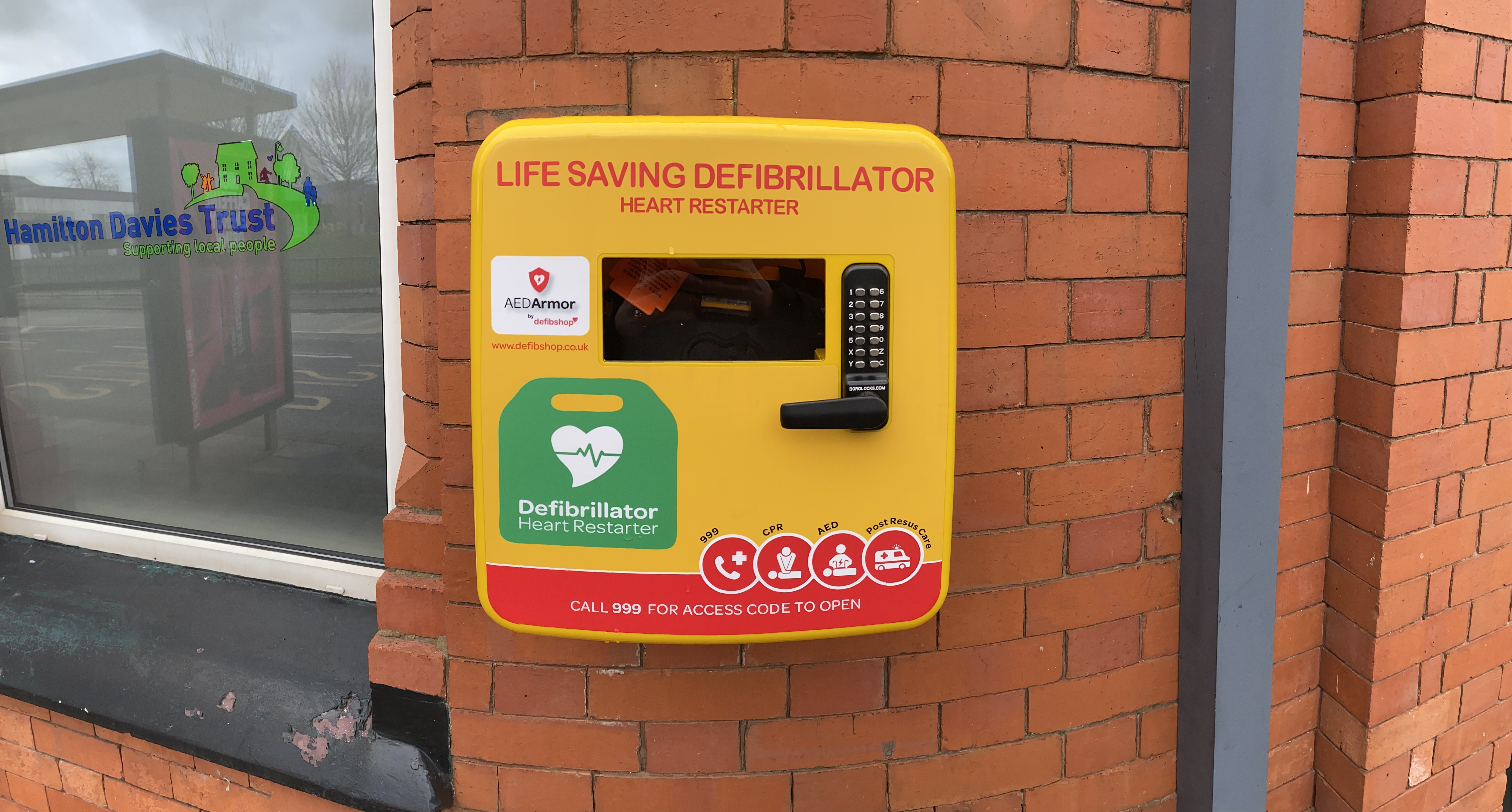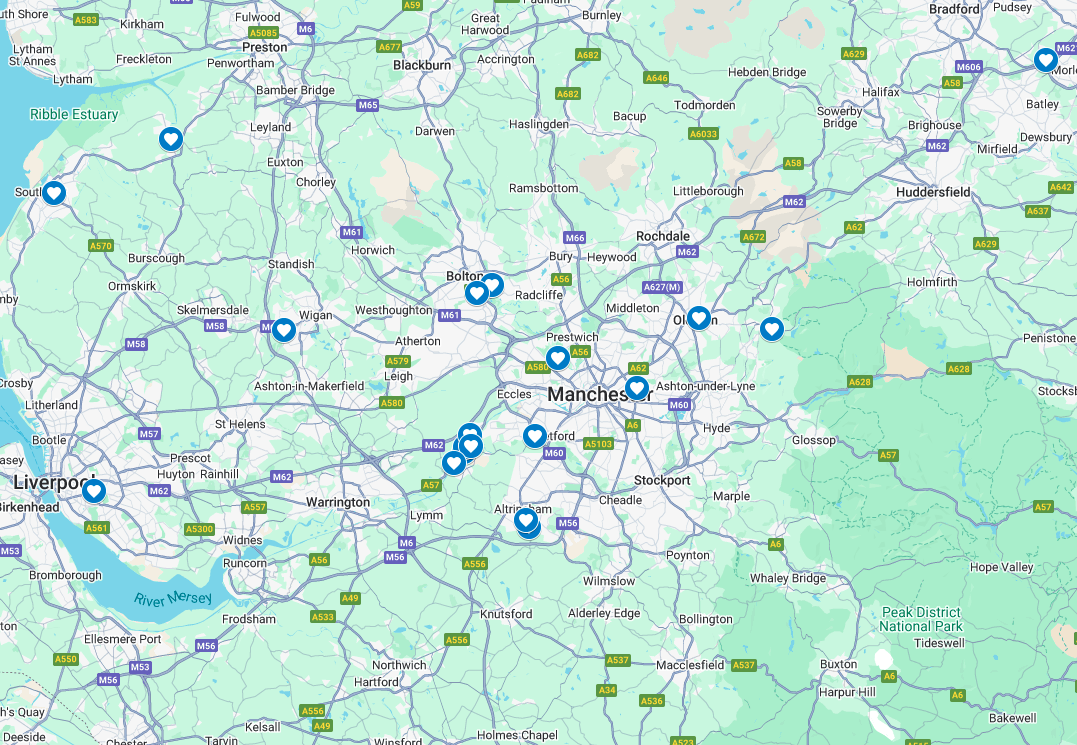AEDs on the Tube

London’s Underground is one of the world’s most famous transportation methods. On a daily basis the Underground network carries commuters and tourists around the city, covering each and every corner of the Capital.
Given the busyness of the London Underground, how many people use this method of transportation and the depth and accessibility of the stations, if someone were to suffer a sudden cardiac arrest, these aspects could seriously hinder their chances of receiving the definitive treatment.
We explore the initiatives Transport for London has put in place to protect its Tube commuters against sudden cardiac arrest.

History and Statistics of the London Underground
Opened in 1863, London’s Underground is the world’s oldest underground rail networks and one of the largest. The Metropolitan Railway opened between Paddington and Farringdon, serving 6 intermediate stations. Better known as the Tube, it currently has 11 lines covering a total of 402km and serves 270 stations across the Capital boroughs.
According to Transport for London, the tube currently handles up to 5 million passenger journeys every day. At peak times, there are more than 543 trains carrying people to different corners of London.
Annually, the Underground carries 1.37 billion passengers around London, with Waterloo seeing 100.3 million passengers every year, taking the title for the busiest station on the network. According to European data, it is estimated that there is approximately 60,000 Out of Hospital Cardiac Arrests every year in the UK, so it could be assumed that some of these occur on the Tube.
With Hampstead Station on the Northern Line taking the title for the deepest station at a depth of 58.5 metres down, the depth of the stations across the network and platforms could hinder the arrival of the emergency services, should there be a cardiac emergency.
Various factors about the Tube and the nature of the travel display why it’s of great importance that there are readily available defibrillators in the stations.
Accessible AEDs
Unlike other cardiac events, sudden cardiac arrest does not discriminate, and aspects such as your age, gender, current health condition and ethnicity do not factor when determining the cause of the SCA.
Many London Underground stations are equipped with life-saving defibrillators and have been installed in conjunction with the London Ambulance Service. Some of these defibrillators feature in defibshop’s gallery.
Each line boasts a different amount of stations and therefore a different number of defibrillators. The list below shows the total amount of stations to the number of defibrillators*.
Bakerloo Line: 25 stations, 14 defibrillator equipped stations. Central Line: 49 stations, 26 defibrillator equipped stations. Circle Line: 36 stations, 30 defibrillator equipped stations. District Line: 60 stations, 26 defibrillator equipped stations. Hammersmith and City Line: 29 stations, 17 defibrillator equipped stations. Jubilee Line: 27 stations, 22 defibrillator equipped stations. Metropolitan Line: 34 stations, 18 defibrillator equipped stations. Northern Line: 50 stations, 31 defibrillator equipped stations. Piccadilly Line: 53 stations, 24 defibrillator equipped stations. Victoria Line: 16 stations, 12 defibrillator equipped stations. Waterloo and City: 2 stations, 2 defibrillator equipped stations.
History stated studies have shown that London’s air quality below ground is 70-times worse than it is above ground. This is due to exhaust fumes and poor ventilation and a 40-minute journey on the network is the equivalent to smoking two cigarettes. Smoking is known to have links to heart attacks which can further lead to sudden cardiac arrest, therefore another reason why the stations should be equipped with defibrillators.
When someone has suffered a sudden cardiac arrest, every minute counts. If treatment is delivered within 3-5 minutes after they have collapsed, their chance of survival increases from 6% to 74%. However, for every minute that treatment is delayed, their chance of survival decreases 10%.
With ambulance response rates averaging at 11 minutes for a cardiac-related event in an urban area and with only 22% of people in the UK that feel confident in performing CPR on a stranger, people in the depths of the Tube stations are at serious risk of not receiving the treatment required for sudden cardiac arrest.
Ensuring commuters are aware of where their closest defibrillator is located and raising awareness of training will help to ensure that if anyone does suffer an SCA, they will be able to receive the definitive treatment prior to the emergency services arriving.
Commuting Safely
Unlike fire extinguishers and fire blankets, defibrillators are not a legal obligation for workplaces or public places, but many are unaware that these devices are the only devices that could potentially help save someone’s life.
Transport for London has done a fantastic job equipping multiple stations with defibrillators, but if the trains were equipped with AEDs, as well as the stations, commuters would be travelling on a completely heartsafe network.
Let us know your thoughts about AEDs on the London Underground in the comments section below, or alternatively, head on over to our Twitter page, @defibshop and share your feelings there.
*Please note: these figures were counted off the Tube map dated 2017, provided by Transport for London therefore may have been miscounted.
Image by philm1310 from Pixabay. Learn more about defibrillators












